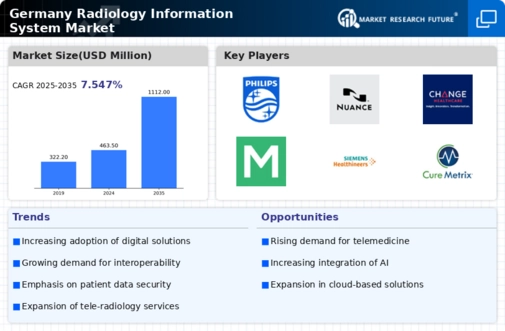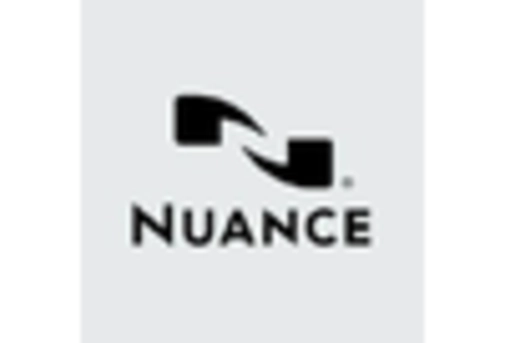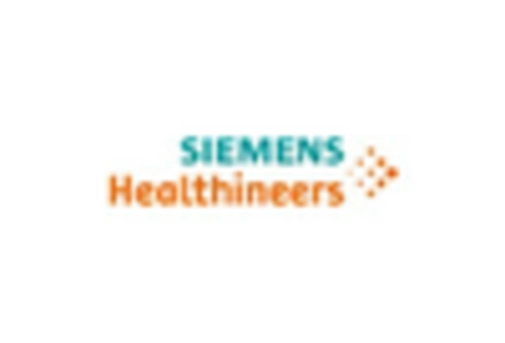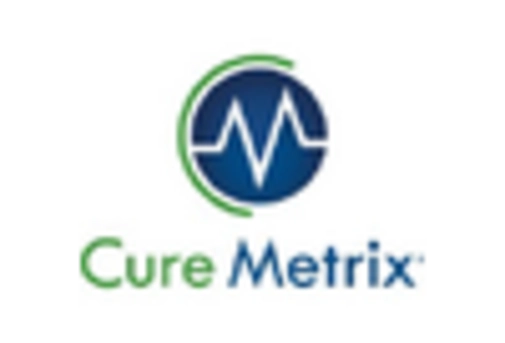Technological Advancements in Imaging
The radiology information-system market is experiencing a surge in technological advancements, particularly in imaging modalities. Innovations such as 3D imaging, digital radiography, and advanced MRI techniques are enhancing diagnostic accuracy and efficiency. In Germany, the adoption of these technologies is expected to increase, driven by a growing demand for precise diagnostics. The market for imaging systems is projected to reach approximately €1.5 billion by 2026, indicating a robust growth trajectory. These advancements not only improve patient outcomes but also streamline workflows within healthcare facilities, thereby propelling the radiology information-system market forward.
Growing Emphasis on Patient-Centric Care
There is a notable shift towards patient-centric care in the healthcare sector, which is influencing the radiology information-system market. Healthcare providers in Germany are increasingly focusing on enhancing patient experiences and outcomes. This shift necessitates the implementation of systems that allow for better communication, data sharing, and personalized treatment plans. As a result, radiology information systems that prioritize patient engagement and data accessibility are likely to see heightened demand. This trend aligns with the broader movement towards value-based care, which is expected to reshape the market landscape in the coming years.
Rising Demand for Telemedicine Solutions
The increasing demand for telemedicine solutions is significantly impacting the radiology information-system market. As healthcare providers in Germany seek to expand their reach and improve access to care, tele-radiology services are becoming more prevalent. This trend is likely to drive the integration of radiology information systems with telehealth platforms, facilitating remote consultations and diagnostics. The telemedicine market in Germany is anticipated to grow at a CAGR of around 25% over the next few years, which could lead to a corresponding increase in the adoption of radiology information systems to support these services.
Regulatory Changes Favoring Digital Solutions
Recent regulatory changes in Germany are favoring the adoption of digital solutions within the healthcare sector, including the radiology information-system market. The government has introduced policies aimed at promoting digital health technologies, which encourages healthcare providers to invest in modern information systems. These regulations are designed to enhance data security, interoperability, and patient privacy, which are essential for the successful implementation of radiology information systems. As compliance with these regulations becomes increasingly important, the market is expected to witness a surge in demand for systems that meet these evolving standards.
Increased Investment in Healthcare Infrastructure
Germany's commitment to enhancing its healthcare infrastructure is a critical driver for the radiology information-system market. The government has been investing significantly in modernizing healthcare facilities, which includes upgrading radiology departments with advanced information systems. This investment is projected to exceed €10 billion by 2025, reflecting a strong focus on improving healthcare delivery. As hospitals and clinics adopt more sophisticated radiology information systems, the overall efficiency and effectiveness of radiological services are likely to improve, thereby fostering market growth.

















Leave a Comment